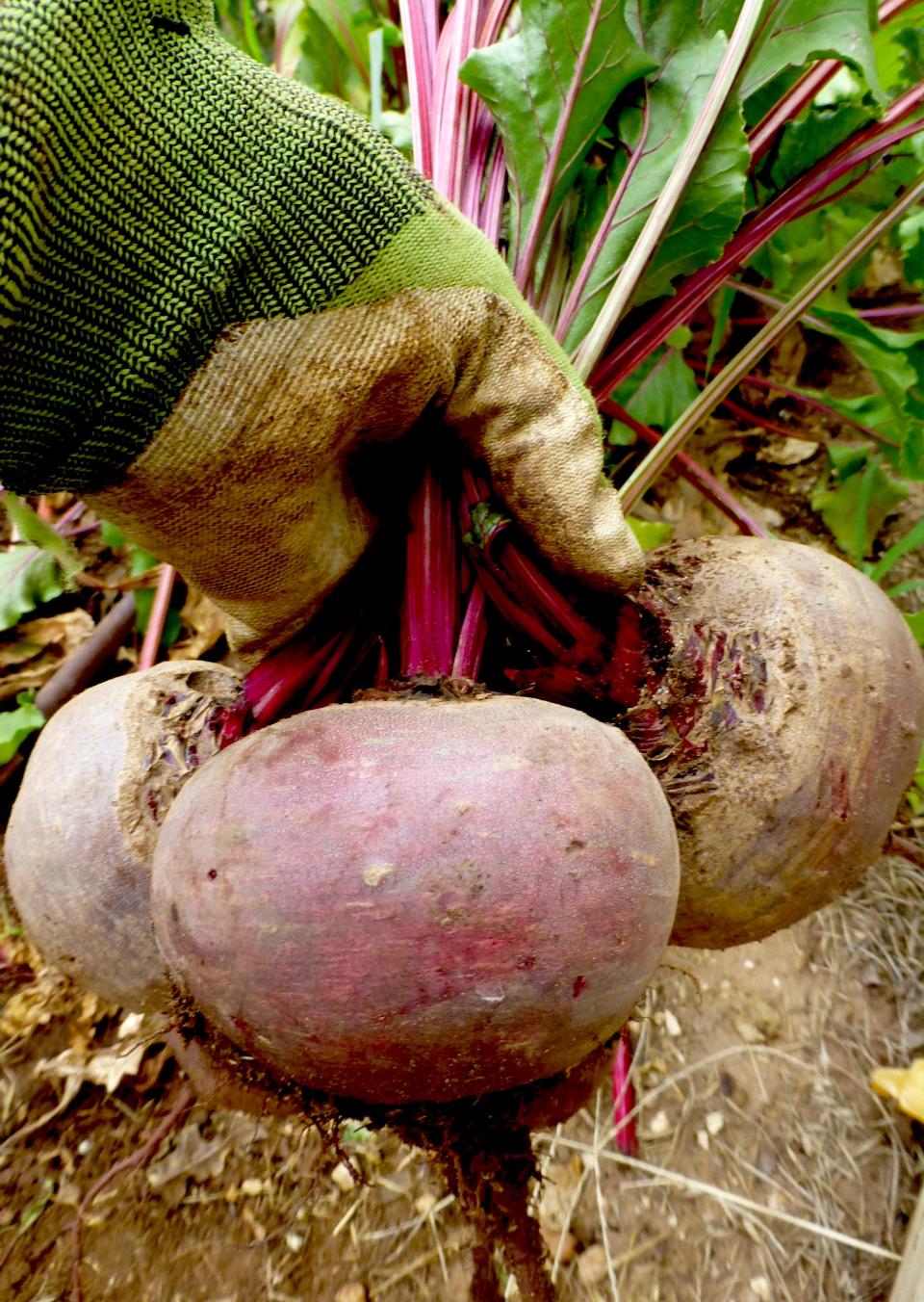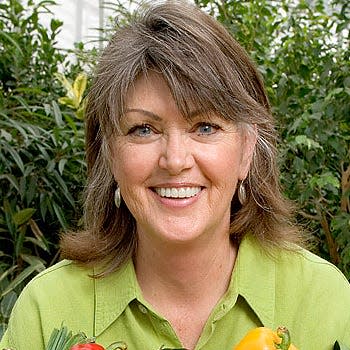Gardening for You: Best harvest days for summer beets
Root crops that were spring planted have already matured or are maturing. Some are at their peak in size and flavor in summer months but if there is a best time to harvest root crops, that depends on the crop, variety grown, date of sowing, and the desired size.

Gardeners that follow the "best days" of The Old Farmer’s Almanac (almanac.com) can look to Aug. 7 and 8 for the best days to harvest below-ground crops. Commonly grown spring root crops are beet, carrot, onion, parsnip, radish, rutabaga, and turnip – all are candidates on these dates.
The versatile beet is the focus of today’s column. Beets can be consumed as a greens crop, as a baby beet, and large as a fully mature root. They do not need a lot of space, can be grown in containers, raised beds, and in the ground.
To grow beets as a greens crop, sow seed thickly so they can be harvested while still in the seedling stage as gourmet greens for their tops, which are often found in commercial spring green mixes.
Beets that are grown for their roots should be spaced several inches apart but when seed is sown thick, the thinnings can be used as gourmet greens mentioned above. When grown as a root crop, roots begin to swell when about 6 weeks of age and are harvestable as 1-inch baby roots within 60 days.
Harvesting at this young stage gives room for remaining roots to continue to swell and enlarge. As beets continue and swell, the tops of the roots tend to protrude out the soil, making it easy to select which beets are crowded and need to be thinned and which beets can be left in the ground to continue to enlarge.
The beets in the accompanying photo were planted as a spring crop. The sowings were harvested as greens, baby roots, when a little larger, and these beets were harvested in mid-summer when about 110 days of age as a large root that measured about 4 inches in diameter. Plants were kept evenly moist throughout the growing season and up to the time of harvest.
Health-conscious gardeners might consider growing beets as a staple in the garden. Leaves are high in Vitamin A, roots high in Vitamin C, both high in folate and fiber and a group of antioxidant pigments known as betalains. Betalains as a group are chemically complex molecules that confer beet’s deep red colors. The pigments were first extracted from beet, thus were named from the Latin name of the beet, Beta vulgaris.

Betalains in beets are beneficial in reducing inflammation, arterial narrowing, atherosclerosis, hypertension, and cancer (pubmed.ncbi.nlm.nih.gov).
Beet trivia: Betalain pigments are housed in vacuoles (VAC-you-oles) of cells and when heated or ruptured, pigments leak out. Fans of beets know that beet juice leaves behind a purple stain. Minimize leakage by not peeling skins when roasting, leaving more of the good betalains for us.
Ellen Peffley taught horticulture at the college level for 28 years, 25 of those at Texas Tech, during which time she developed two onion varieties. She is now the sole proprietor of From the Garden, a market garden farmette. You can email her at gardens@suddenlink.net
This article originally appeared on Lubbock Avalanche-Journal: Gardening for You: Best harvest days for summer beets

